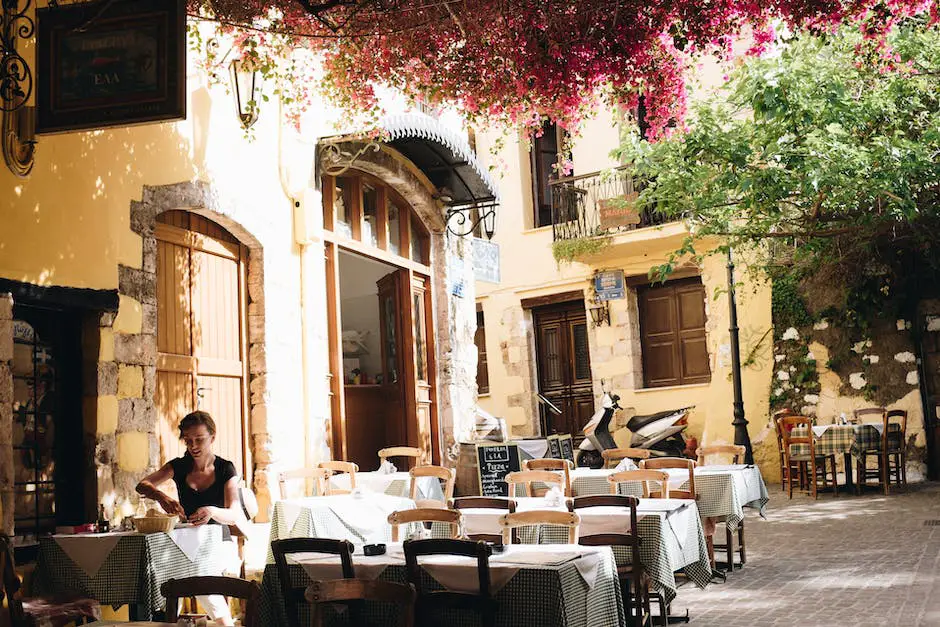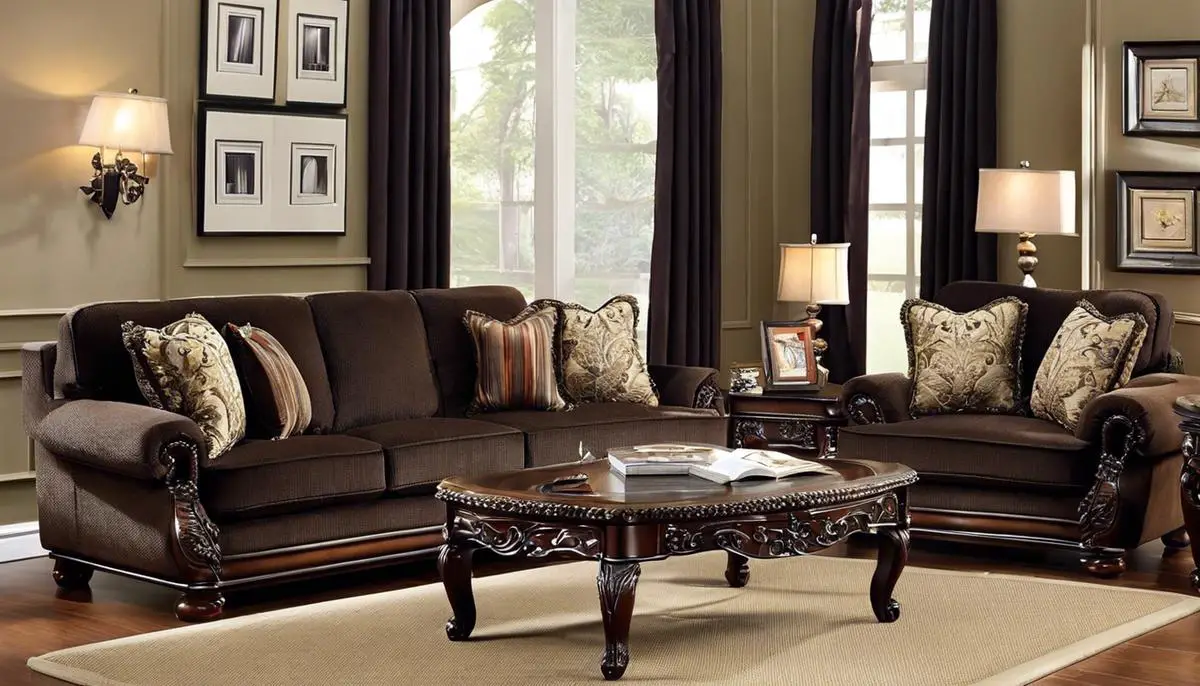When it comes to furnishing a living space, the subtle differences between an end table and a side table can greatly influence the functionality and ambiance of a room. These small but mighty pieces of furniture are not only pivotal in providing convenience but also in enhancing the overall decor. End tables and side tables may serve similar purposes – offering a convenient spot to place items – but their unique characteristics in terms of design, placement, and practical use play a distinct role in the landscape of interior design. As we delve into the world of these versatile tables, let’s unpack the nuances that define their place in our homes and how they cater to our daily lives with a blend of form and function.
Table of Contents
Functionality and Placement
The Distinctive Roles of End Tables and Side Tables: A High-Level Overview
When exploring the nuanced world of living room furniture, one might quickly notice how often end tables and side tables are used interchangeably in casual conversations. Each, however, plays its own unique role in both function and placement, enhancing the usability and aesthetic appeal of a space.
End tables are like the trusty sidekick for armchairs and sofas, typically found at the “end” of these seating arrangements (hence the name). These small but mighty tables are essential for holding your cup of tea, stack of books, or even a striking table lamp. When positioning end tables, the height is a crucial factor; ideally, they should be level with the arm of the chair or sofa they accompany, creating a seamless line and easy access for reaching that mug or remote control without much of a stretch.
On the flip side, side tables offer a bit more versatility. They’re the nomads of the table family, moving where needed, whether that’s alongside a lounge chair, between two pieces of furniture, or standing solo in a corner boasting a vase of fresh flowers. Side tables can range in height and often stand taller than end tables, making them perfect not only beside seating but also as a spot to drop keys and mail in an entryway or fill an empty niche in the heart of the home. The placement of these tables is more about balancing the space and serving the flow of daily life than aligning with a specific piece of furniture.
Understanding the perfect use and placement of end and side tables is a simple yet significant step to curating a more functional and welcoming living environment. With each table serving its purpose, a living space can be both comfortable and organized, embodying the very essence of thoughtful home design.

Photo by majesticlukas on Unsplash
Design Styles and Materials
Diving right into the heart of end table and side table design, it’s clear that these modest pieces can pack quite the decorative punch. In terms of style, there’s a smorgasbord of options, ranging from the clean lines and minimalist aesthetic of Modern and Scandinavian designs, to the ornate detailing characteristic of Traditional and French Provincial styles. While modernists might lean towards an understated, sleek look with metallic accents, those with a soft spot for vintage charm may be drawn to tables with carved legs and warm wood finishes.
The material palette for end and side tables is equally diverse, reflecting not only personal taste but also the functionality of the piece. For example, solid wood such as oak, mahogany, or walnut brings durability and a natural warmth to a space, which is why it’s a go-to for many. Yet, don’t overlook the cool, industrial vibe of metal tables, which can be crafted from iron, brass, or brushed steel, often combined with glass tops for an airy feel. Mixed materials are also a big hit, with wood and metal joining forces for a rustic yet modern look, or wood being paired with marble for a touch of elegance.
Remember, when selecting the right table, consider both the style and materials in the context of everyday use. A glass-top table might be chic but think twice if it’s going to a home buzzing with active kids. So, step back and picture the ideal end or side table in its ‘natural habitat’, whether it’s nestling a lamp beside the couch or standing sentry at the end of a hallway, holding keys and mail. With form and function in harmony, these tables not only complete the look but also tell a story of a well-considered and loved space.

The diverse array of end tables and side tables available today provides homeowners with an opportunity to infuse individuality into their living spaces. Whether it’s the classic warmth of wood, the sleek edge of metal, or the transparent elegance of glass, these pieces encapsulate the essence of personal style while meeting the demands of functionality. The right choice in a table can not only complement your existing furniture but also offer a refined touch that completes the character of any room. As we reflect on the various styles and materials that end and side tables present, we recognize the seamless union of utility and aesthetic they bring into our everyday environments.

After sitting in a back breaking office chair for hours every day at his job, William Burch got the idea to start the Recliners Hunt website. William is focused on ergonomic chair design – as it is more important than ever today since we are spending more and more time sitting at our computers.


